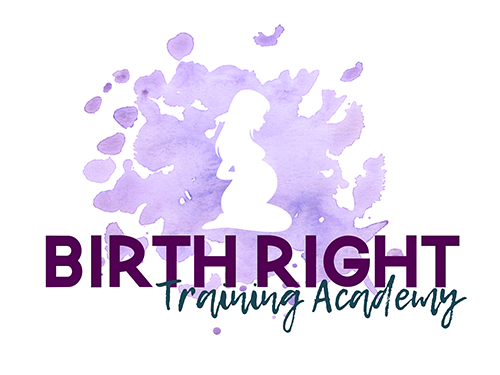The 2015 Federal Budget announced on 12th May 2015
Compared to past years the 2015 Federal Budget was quite light in content and posed no real hidden surprises.
For families the major change has been around the announcement of a new Child Care Subsidy which will replace the existing Child Care Benefit and Child Care Rebate. Many families will be better off under this new Subsidy, but it also comes with the Government’s controversial “no jab no pay” policy which effectively compels child immunisation.
You should note that at this stage nothing announced in the Budget is certain. Virtually all measures announced will still need legislation to be introduced, and will have to pass through Parliament.
Summary
It will no longer be possible to claim both the full Government and employer provided parental leave payments.
Many lower income young families will benefit from greater childcare subsidies.
Families choosing not to vaccinate their children will miss out on childcare subsidies and family benefits.
Parental Leave Pay
Currently individuals are able to access both Government Paid Parental Leave, as well as any employer provided parental leave entitlements. From 1 July 2016, the Government will remove the ability to claim the full amount of both the Government payment and employer benefits. If the payment from your employer is greater than the Government scheme, which is paid at the minimum wage for 18 weeks, no Government payment will be available. If your employer payment is less, you can receive a Government top up
Child care
The Government has announced a comprehensive package of reforms intended to provide a simpler, more affordable, flexible and accessible child care system. The reforms include a new Child Care Subsidy that will replace the current Child Care Benefit, Child Care Rebate and Jobs, Education and Training Child Care Fee Assistance programs from 1 July 2017.
Eligibility for the new Child Care Subsidy will be based on an activity test and a means test. Families with incomes of up to $60,000 (in 2013/14 dollars) will be eligible for a Child Care Subsidy of 85 per cent of the lesser of the actual child care fees and a benchmark price per child. The subsidy rate will reduce to 50 per cent for families with income of $165,000 and above. The subsidy amount will be capped at $10,000 per child for families with income of $180,000 and above. No cap will apply for family incomes of less than $180,000. See table below which sets out the levels of support depending on family income:
Annual family income Subsidy per child Cap
Up to $65,000 85% of fee paid n/a
$65,000 – $170,000 Will taper gradually from 85% down to 50% n/a
$170,000 – $185,000 50% of fee paid n/a
Over $185,000 50% of fee paid $10,000 per annum
A new activity test will be established (see table below), with what comprises an activity yet to be announced.
Activity
(hours per fortnight) Number of subsidised hours
(per fortnight)
8 16 Up to 36 hours
17 48 Up to 72 hours
49+ Up to 100 hours
Those families earning less than $65,000 per annum who do not meet the activity test will continue to be entitled to up to 24 subsidised hours per fortnight.
Hourly fee caps, indexed to CPI, will apply. Child care payments will be subject to stronger immunisation requirements.
Other measures include a two year pilot programme to extend subsidy support for home care services provided by nannies* and a **child care safety net for disadvantaged families.
*The Government will provide support to families who struggle to access affordable child care services when working, studying or looking for work by establishing a $246 million two year pilot programme to extend subsidy support to home care services provided by nannies.
Proposed date of effect: 1 January 2016
The programme will extend financial assistance to participating families who:
have difficulty obtaining child care due to irregular working hours (eg shift workers) are in rural or remote areas, or have other accessibility issues.
Support will be subject to a fee cap of $7.00 per child per hour.
Care will be provided for up to 50 hours per week, which is the same as the current child care benefit. Families must meet the programme requirements and earn less than $250,000 per annum. The programme requirements are yet to be released.
Nannies will need to be attached to an approved service, be 18 years or older, have a current ‘Working with Children’ check and have first aid qualification. There will be no requirement to hold a minimum early childhood qualification
**The Government will also provide additional funding of $327.7 million over four years from 2015-16 to provide targeted support to disadvantaged or vulnerable families through a new Child Care Safety Net.
Our guest blog by Maria Dyson, Senior financial Planner, www.omniwealth.com.au




